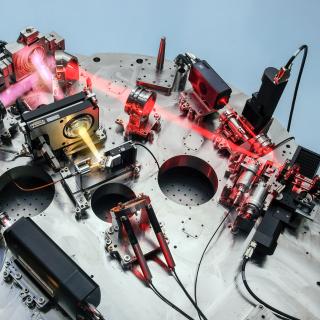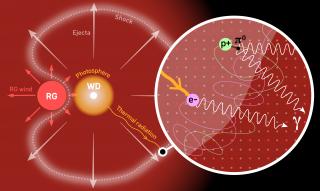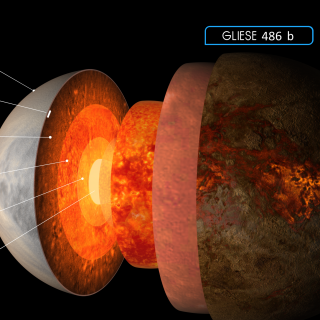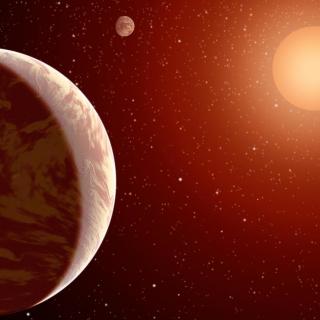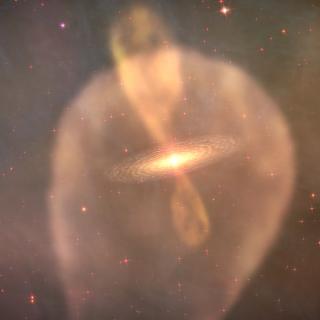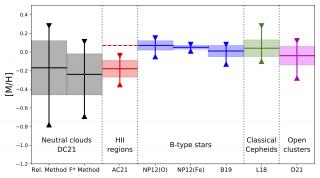
In this work we discuss and confront recent results on metallicity variations in the local interstellar medium, obtained from observations of H II regions by our group and neutral clouds (from literature) of the Galactic thin disk, and compare them with recent high-quality metallicity determinations of other tracers of the chemical composition of the interstellar medium as B-type stars, classical Cepheids, and young clusters. We find that the metallicity variations obtained for these last kinds of objects are consistent with each other and with that obtained for H II regions but
Advertised on
